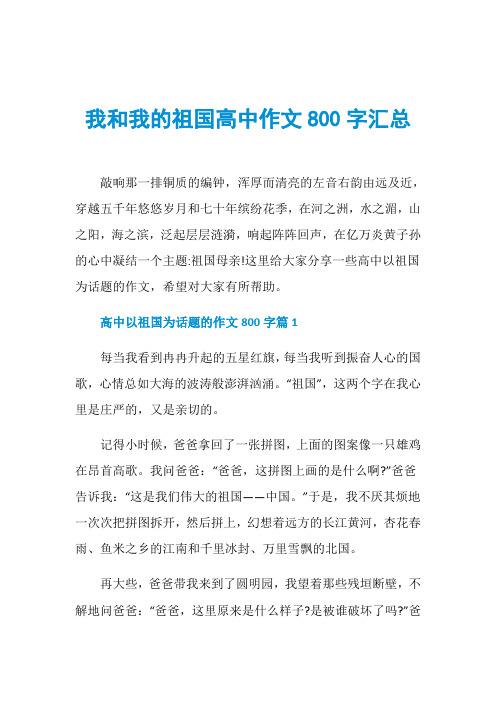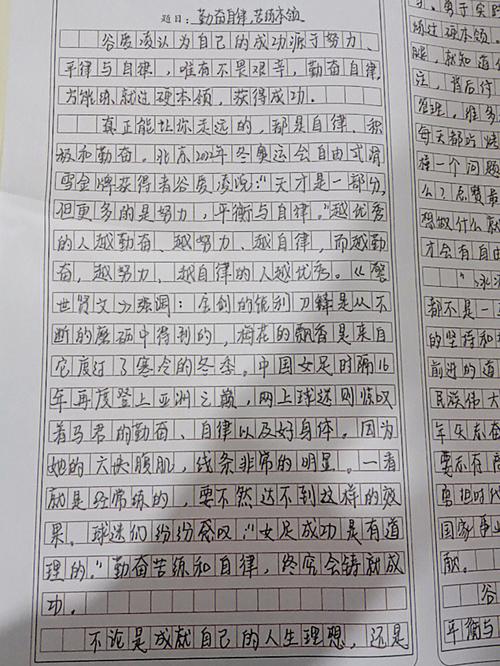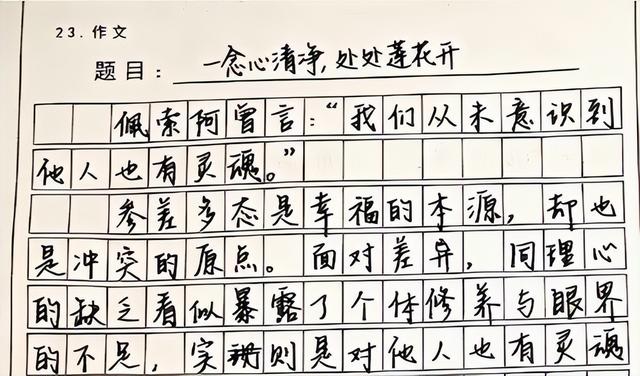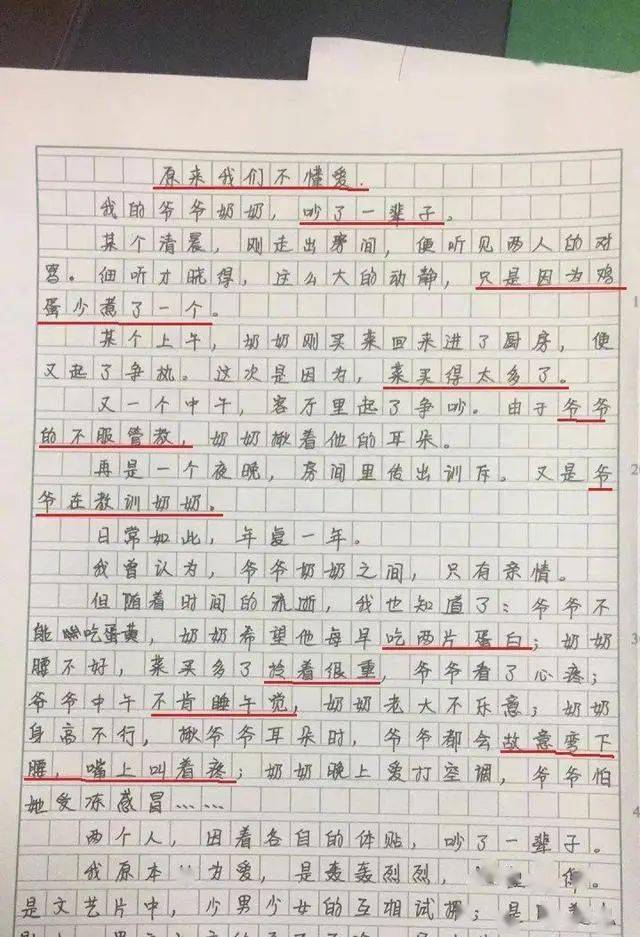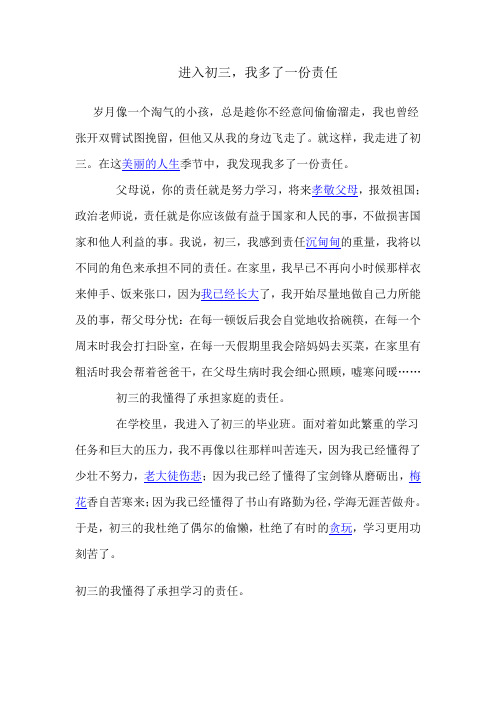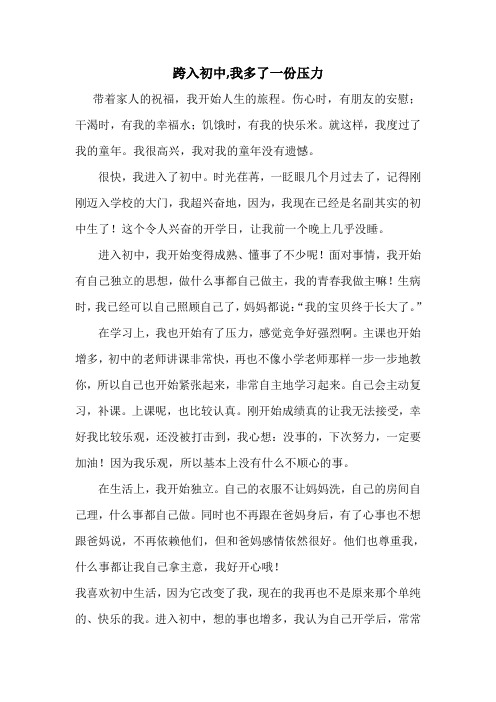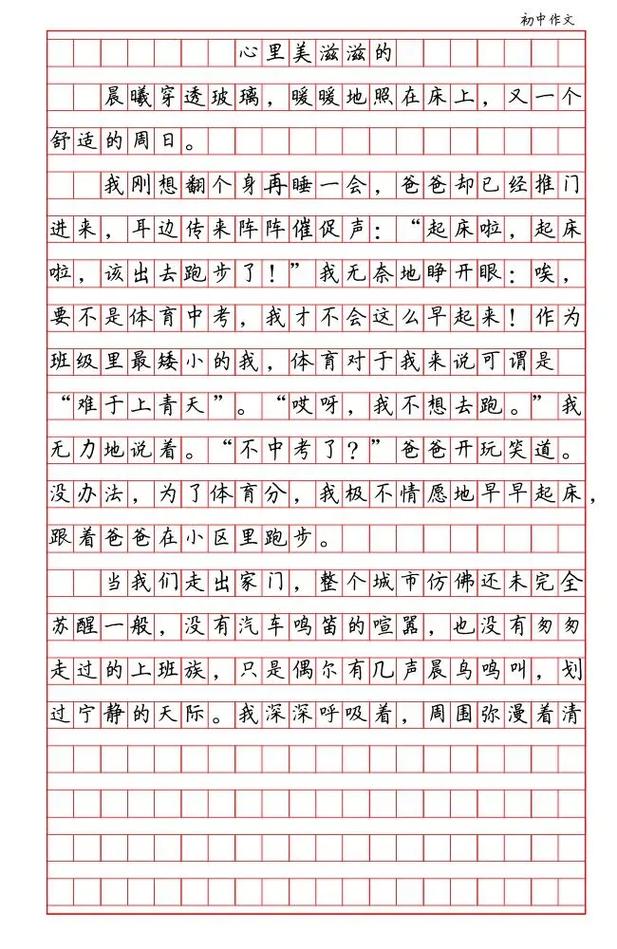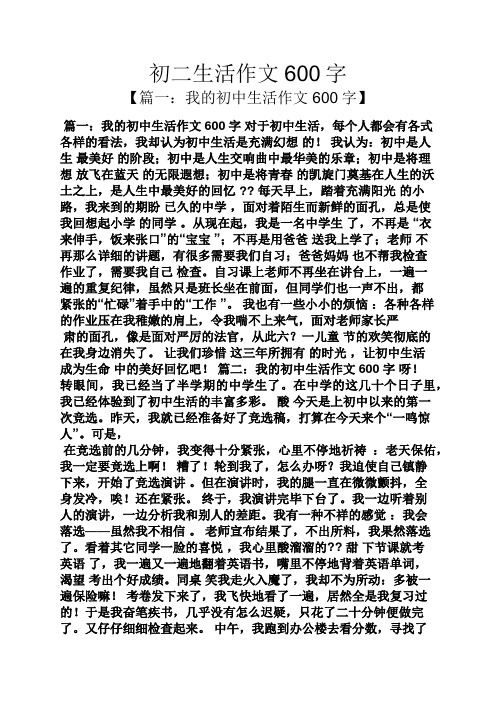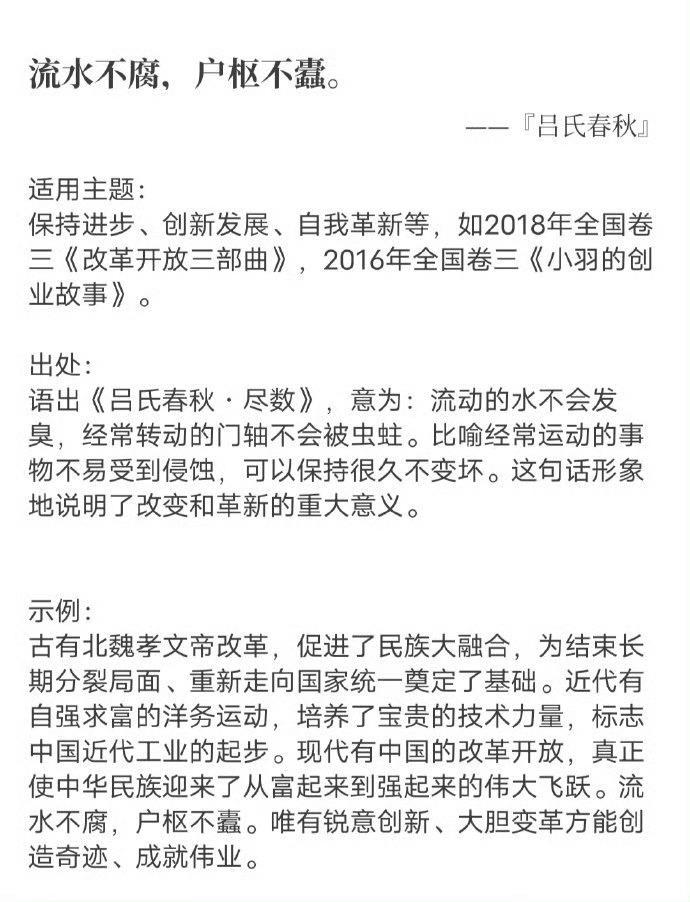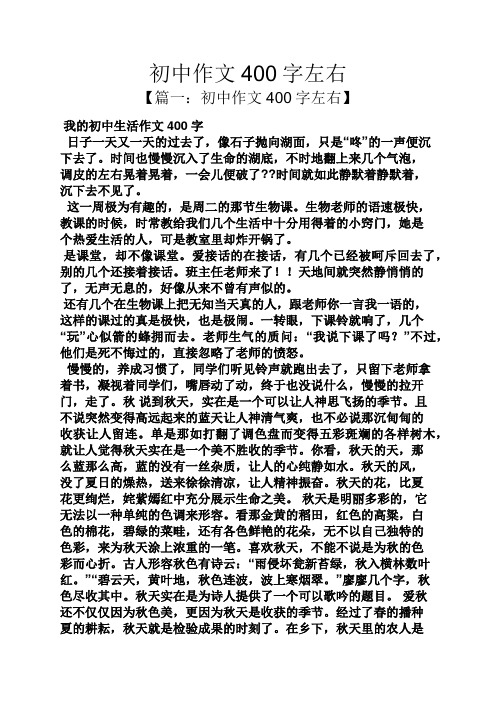中考英语作文常用句子(中考英语作文句式)
推荐阅读》
中考英语作文常用句子
在准备中考的关键时刻,掌握一些写作技巧和常用句型对于提高写作成绩至关重要。以下是一些在中考英语作文中常用的句子,每个句子都配有详细的解释,以帮助考生更好地理解并运用这些句子。
1.开头句
- 描述性开头:通过提供背景信息或提出问题,吸引读者的注意力。例如,“In recent years, the importance of technology in modern education has been widely acknowledged by both teachers and students alike.”
- 对比开头:通过对比两种观点或情况,引出论点。例如,“On the one hand, technology offers convenience and efficiency, but on the other hand, it can also lead to addiction and a lack of face-to-face communication.”
2.结尾句
- 总结性结尾:强调文章的主要观点或论点。例如,“Therefore, we should use technology wisely, balancing its benefits with its potential drawbacks.”
- 呼吁或建议性结尾:向读者发出呼吁或给出建议。例如,“In conclusion, let's embrace technology as a means to enhance our learning experiences and strive for a balanced approach towards its usage.”
3.过渡句
- 时间过渡:使用表示时间顺序的词如“first”、“next”、“last”、“then”等,帮助文章结构更清晰。例如,“First, technology provides instant access to information; next, it enhances productivity through automation; last, it promotes collaboration and communication across borders.”
- 逻辑过渡:使用表示逻辑关系的连词如“however”、“moreover”、“nevertheless”等,使文章思路连贯。例如,“However, this overreliance on technology may also lead to a decline in critical thinking skills.”
- 结果过渡:用“as a result,”,“therefore,”等词引出结果或结论。例如,“As a result, we need to strike a balance between technology and traditional methods to ensure that we maximize its potential without sacrificing the essence of learning.”
4.例证句
- 具体例子:提供具体事例或数据来支持观点。例如,“According to a study conducted by [name of institution], the average student spends more than 3 hours per day on electronic devices, which significantly impacts their physical health and mental wellbeing.”
- 引用名言或谚语:使用名人名言或经典谚语来加强论点的说服力。例如,“The old adage ‘a picture is worth a thousand words’ holds true when it comes to understanding complex concepts through visual aids.”
5.过渡句
- 原因/结果过渡:说明某事物导致的后果或某种行为的原因。例如,“The prevalence of smartphones has led to an increase in social media addiction among young people, which in turn affects their academic performance.”
- 条件/结果过渡:指出某事物发生的条件与结果之间的关系。例如,“With the availability of high-speed internet, students are now able to access educational resources from all over the world, thus broadening their knowledge base and enhancing their critical thinking abilities.”
6.修辞句
- 比喻句:使用比喻手法形象地表达意思。例如,“Technology acts like the compass that leads us through the wilderness of information, providing directions and guidance while avoiding pitfalls and misdirections.”
- 拟人句:赋予非人类事物以人的特性,增强表达效果。例如,“Technology is now more than just a tool, it is a partner who assists us in achieving our goals and making our dreams a reality.”
- 排比句:通过重复相似的结构增强语言的节奏感和强调作用。例如,“In today's digital age, technology is everywhere—in the classroom, at home, and even in our personal lives, serving as a powerful assistant in every aspect of learning and growth.”
7.连接句
- 并列句:使用并列连词(and,but,yet)连接两个或多个独立的句子,使文章结构更加紧凑。例如,“While technology offers numerous advantages, it also poses challenges that require careful consideration.”
- 对比句:通过展示事物的正反两面来强调其重要性或差异性。例如,“On the one hand, technology enables us to communicate with anyone in the world, regardless of distance; on the other hand, it also creates a culture of isolation where individuals become disconnected from each other.”
8.总结句
- 重申论点:再次强调文章中的主要观点或主题。例如,“In conclusion, while technology undoubtedly has its benefits, we must also be mindful of its risks and limitations if we are to make the most out of it in our educational endeavors.”
- 展望未来:表达对未来的期待和展望。例如,“As we continue to embrace technology in our daily lives, let’s strive for a harmonious coexistence between tradition and innovation, ensuring that we stay true to our values and goals while adapting to new opportunities that come our way.”
通过上述句子的运用,考生可以在中考英语作文中构建一个清晰、连贯且有说服力的文本结构,不仅有助于展现自己的思维能力,还能有效提升作文的整体质量。
本文系作者个人观点,不代表本站立场,转载请注明出处!

